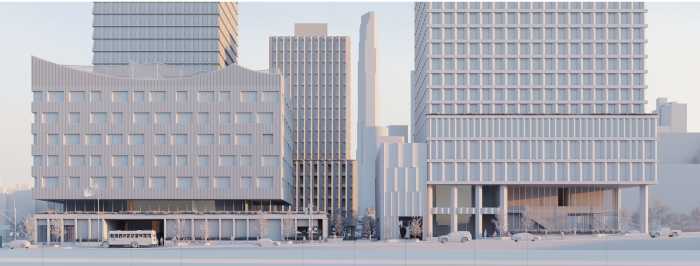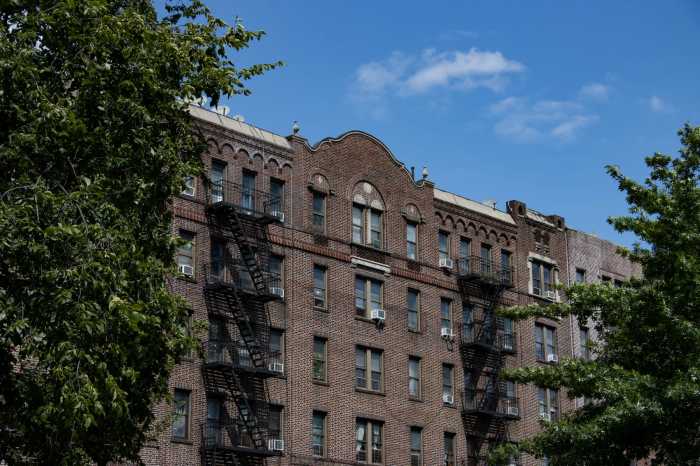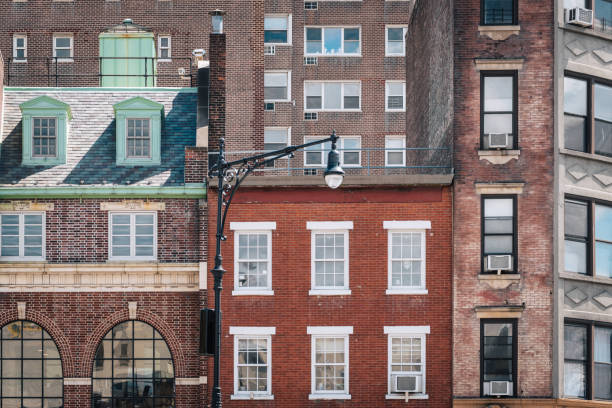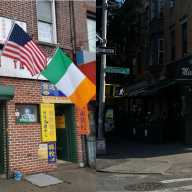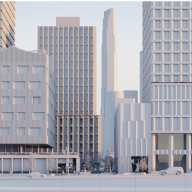Prospect Heights has joined its better-known upscale neighbor Park Slope as Brooklyn’s latest historic district.
On Tuesday, the Landmarks Preservation Commission voted unanimously to turn the 850-building area into a protected historical landmark.
The vote capped an exhaustive, six-month survey — and was well-deserved for the often-overshadowed neighborhood, explained Commission Chairman Robert Tierney.
“It’s a great day for New York City,” Tierney proclaimed.
The district stretches from Flatbush Avenue to Washington Avenue and from Eastern Parkway to Atlantic Avenue — up to, but not including, Bruce Ratner’s proposed mega-development, formerly known as Atlantic Yards until this week’s announcement that most of the project had been tabled (see page 1).
At the start of the landmarking process, locals worried that the massive project, as well as the neighborhood’s many deep lots, would encourage high-rise construction that would overwhelm the mostly low-rise feel of the historic area.
Prospect Height’s is one of Brooklyn’s oldest and most architecturally fascinating neighborhoods, boasting a mix of rowhouses built throughout the 19th century.
The neighborhood’s two oldest buildings are on Carlton Avenue between St. Marks Avenue and Bergen Street, and date back to at least the 1850s.
The district also includes a series of Neo-Grec rowhouses built in the 1860s and ’70s, as well as Romanesque and Renaissance Revival houses from the 1880s and ’90s.
But old buildings aren’t the only thing that the neighborhood has going for it, said Tierney.
“Prospect Heights is among Brooklyn’s most distinguished cohesive neighborhoods because of its architectural integrity and diversity, scale, tree-lined streets and residential character,” the chairman said.
This week’s vote followed a public hearing last October at which no one spoke against the designation, which is rare in this city.



